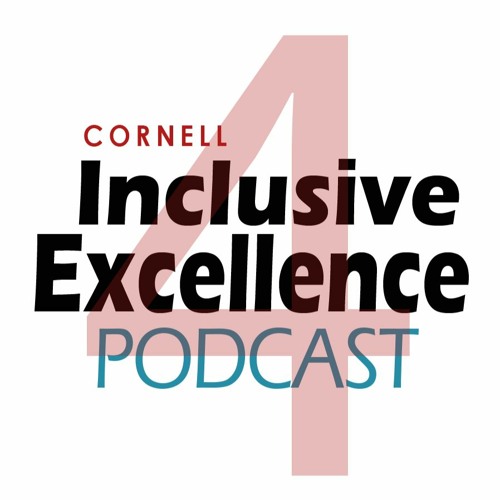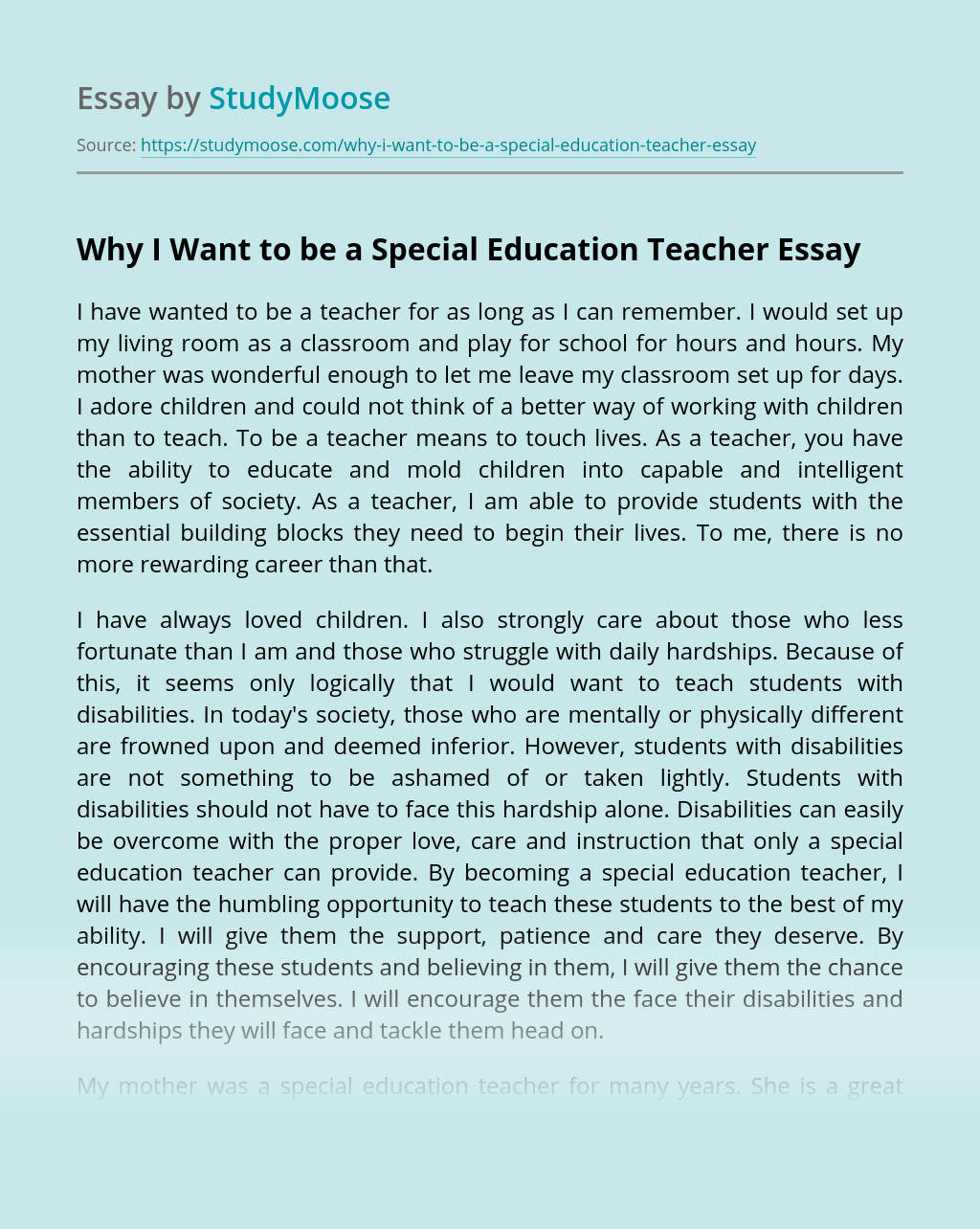
There have been many studies on the topic of games and learning. This article will highlight the potential problems and benefits of games as learning tools. This article will focus on the benefits of simulations in learning as well as the issues associated with games. Games can enhance learning in many ways. This includes improving retention and helping learners acquire the skills they need to perform tasks. In addition, these games may also make the process of learning more enjoyable and fun.
Studies on games and learning: Results
There are several important factors to consider before adopting game-based learning as a learning method. Research should include the length of gaming. Studies also showed that gaming is more efficient than classroom instruction. Games offer greater interaction, immediate feedback, control, and the possibility to have fun. But, effective assessment practices are crucial for games' use in learning. Reviewing existing research found that gaming enhances student learning outcomes.
Clark led a team to publish 68 studies on digital games and learning in a metaanalysis. These studies included comparisons between game and nongame conditions as well as evaluations of augmenting existing educational games with new features that could enhance learning outcomes. The results of the meta-analysis highlighted the importance of game design and how it affects learning outcomes. Although there were some differences in the results, researchers concluded that games can be a powerful tool to improve learning.

Problems with games in learning
Games have become an increasingly important part of education, and many of them allow students to fail in a safe way. Games offer students the chance to learn from their mistakes while having fun. Burnout Paradise allows students to crash their cars, earning points and spectacular crashes. Failure is an important part of learning, and video games like Burnout make it possible to experience the feeling of being inadequate. Games can be used to teach students how to fail again and again.
While games are becoming increasingly popular in the classroom, they still present some unique challenges. For example, the current learning measures are not compatible with the games. Designers may have to make the games more school-like, and pick the right game genre. Games may not be as educational as teachers would prefer, but changing them to be more academic-sounding can help overcome this barrier. Games can also be costly and may make students and teachers feel intimidated.
Learning games have many benefits
Several studies have shown that students who engage in educational games show higher retention of information compared to those who learn exclusively from textbooks. These games can improve student engagement and help them develop problem-solving skills. These games have been shown to improve cognitive function and reverse some aging-related brain issues. The games offer cognitive exercises to students, requiring them make different decisions from simple ones to more complicated strategies.
Role-playing in many games fosters creativity and encourages students to look at different perspectives. These games allow students to grow their agency, improve their problem-solving abilities, and establish relationships with others. Ex-tutors and assistant professors of the University of Northern Colorado claim that role-playing encourages students to think out of the box. These games promote creativity thanks to their immersive nature.

Learning simulations: Problems
Simulations can cause many problems in the classroom. Students may feel uncertain about the outcome of a scenario if they do not know all its implications. Simulated situations can be more frustrating for students who don't know what they should do. Simulations should be grounded in reality, and they should provide clear outcomes. Students should be able and willing to cooperate with others.
Another issue is that students can get too involved and forget the basic concepts. To avoid this, teachers should anticipate any challenges that may arise and guide them back to the main learning objectives. Although it is a good idea to have the most talented students play the roles, they might not be always interested. A professional tutor can help you decide whether or not to use simulations in the classroom.
FAQ
What are the various types of early childhood education available?
There are many ways to explain early childhood education. Some of the most popular ones are:
-
Preschool - Children ages 2 to 5
-
PreKindergarten for children aged 4-6
-
Head Start/ Headstart for children ages 0-3
-
Day Care/ Daycares- Children aged 0-5
-
Child Care Centers - Children ages 0 to 18
-
Family Child Care – Children aged 0-12
-
Home schooling - Children aged KG to 16.
What's the difference between private and public schools?
All students have the right to free education in public schools. They provide education from kindergarten through high schools. Tuition fees are charged by private schools for each student. They provide education for students from pre-school through college.
There are also charter schools, which are publicly funded but privately run. Charter schools don't use traditional curricula. They give students more freedom and allow them to pursue their interests.
Charter schools are popular among parents who believe their children should have access to quality education regardless of financial status.
What exactly is a school of trade?
Trade schools can be an alternative for those who have not had success in traditional higher education to obtain a degree. They provide career-oriented programs to help students prepare for specific occupations. These programs allow students to complete two years' worth of coursework in one semester. Then they can enter into a paid apprenticeship program that teaches them a specific skill set and provides on-the job training. Trade schools can be vocational schools, technical colleges or community colleges. Some trade schools also offer associate programs.
Homeschooling is for everyone.
Anyone can homeschool. There are no required qualifications.
Parents who have completed high school can teach their children. Many families opt to have their children teach them while they are in college.
Parents who have received less formal education can still teach their children.
After meeting certain requirements parents can become teacher certified. These requirements differ from one state.
Some states require all homeschooled students to complete a test before graduation. Others do not.
Homeschooling parents should register their family at the local school district.
The process involves filling up paperwork and submitting the completed form to your school board.
After registering, parents are allowed to enroll their children in public or private schools.
Some states allow parents to homeschool, but they must register their children with the government.
If you live within one of these states, it is your responsibility to ensure that your children fulfill the state's mandatory attendance law.
What is an alternative school?
An alternative school is a school that offers students with learning difficulties education with the help of qualified teachers who are sensitive to their individual needs.
Alternative schools provide special education opportunities for children with special needs.
Additional support is available if needed.
An alternative school is not just for those who have been excluded from mainstream schools.
They are open to all children regardless of ability or disability.
Statistics
- In most developed countries, a high proportion of the population (up to 50%) now enters higher education at some time in their lives. (en.wikipedia.org)
- Among STEM majors, that number is 83.5 percent. (bostonreview.net)
- They are more likely to graduate high school (25%) and finish college (116%). (habitatbroward.org)
- Globally, in 2008, around 89% of children aged six to twelve were enrolled in primary education, and this proportion was rising. (en.wikipedia.org)
- And, within ten years of graduation, 44.1 percent of 1993 humanities graduates had written to public officials, compared to 30.1 percent of STEM majors. (bostonreview.net)
External Links
How To
How to enroll in homeschooling
Homeschooling refers to the education of children at home. It involves teaching them through different methods, such as reading books, watching videos and doing exercises. It is considered one of the most effective ways of learning because it enables students to learn things at their own pace and develop skills like problem-solving, critical thinking, creativity, self-discipline, communication, and social skills.
Many people want their children to be educated at home. This is especially true for working parents. If this is the case, they have two options: homeschooling or a private school. This allows them to spend their time and energy on education instead of worrying about whether someone will be available to look after their children.
There are many benefits associated with homeschooling; some of these include developing the ability to think critically and creatively, increasing their knowledge base, improving their language skills, developing their personal identity, becoming independent learners, and having greater control over their life than if they were attending school.
Homeschooling's main purpose is to give children quality education so that they can be successful adults. Before you begin homeschooling, you will need to meet some requirements. It is important to check if your child is eligible to go to public or private schools. It is important to choose the right curriculum for homeschooling. There are many kinds of curricula on the internet that you can choose depending on what your level of knowledge, budget, and preference is. There are many options, including Waldorf, Montessori, Waldorf and Reggio Emilia. Charlotte Mason, unschooling and natural learning. It is also important to have the resources you will need to teach your child. This includes buying textbooks, educational materials and computers. These items may be bought online, or purchased in local stores.
Once you've completed the above steps successfully, you can register yourself as a parent who homeschools. It is best to ask your state education department for help. They will assist you with filling out forms and provide guidance on how to get started homeschooling.